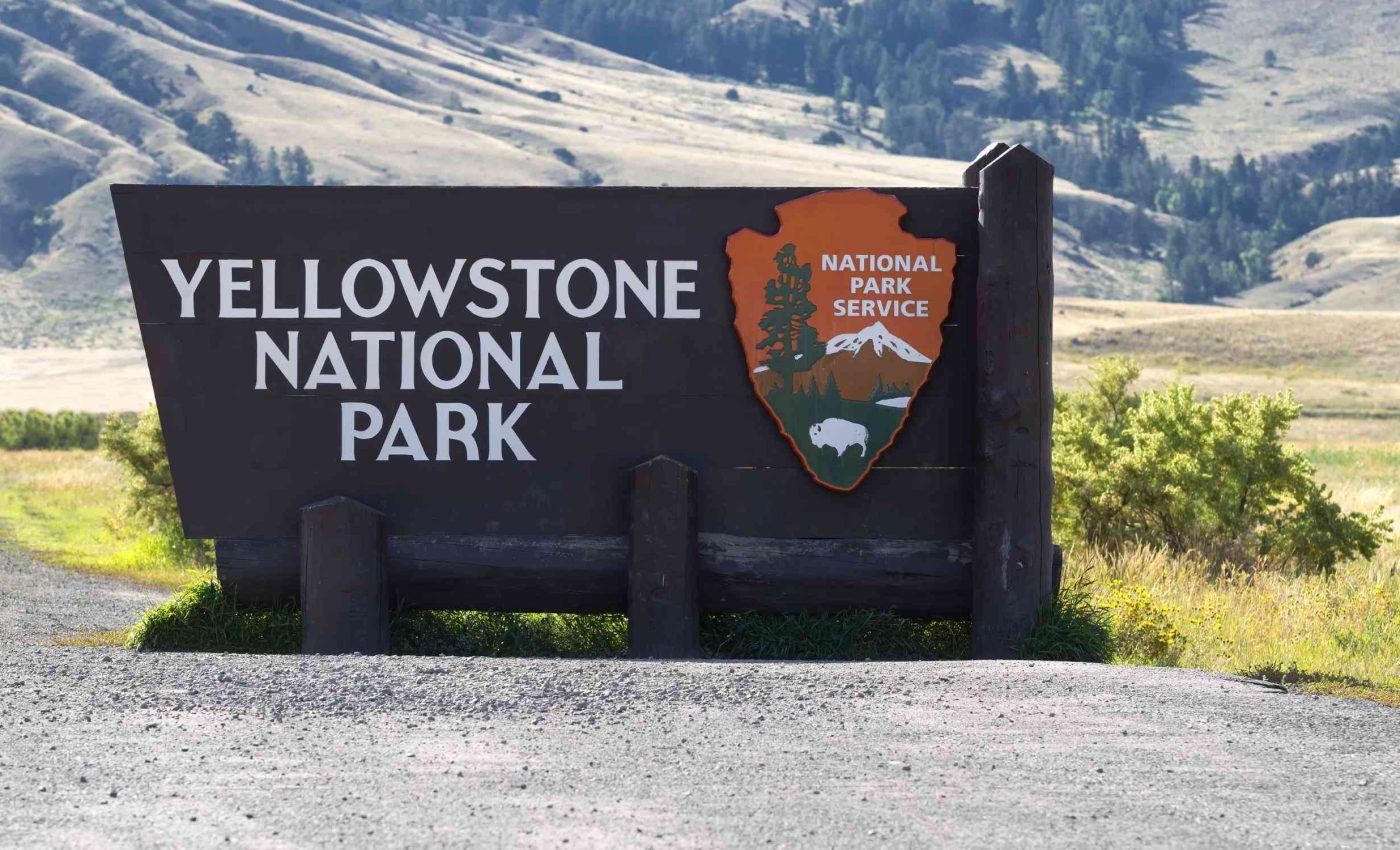
Unexpected twist: what you thought about Yellowstone wolves was a myth
In a new peer reviewed comment, researchers say Yellowstone’s wolf story needs a reset. The researchers challenged a claim that wolf recovery triggered one of the world’s strongest trophic cascade, predator changes that ripple through a food web.
William J. Ripple, a long-time predator-prey ecologist at Oregon State University known for research on large carnivores and ecosystem dynamics, reported a 1,500 percent jump in willow crown volume, a single figure that drove big headlines, in northern Yellowstone.
Yellowstone wolves and willows
The study looking to refute Ripple’s claim was led by Daniel R. MacNulty, wildlife ecologist. His research focuses on predator prey dynamics and long term carnivore ecology.
The 1,500 percent figure came from converting willow height into volume with a formula that also uses height to define volume. That setup creates a tautological model, a circular method where the output reuses its own input.
MacNulty explained that Ripple’s team had argued that carnivore recovery created one of the world’s strongest trophic cascades, ecological chain reactions where predators indirectly boost plant growth by controlling herbivores.
He added that their conclusion does not hold up because it depended on circular reasoning and violated key modeling assumptions.
A sound test needs independent evidence that is not built from the same measurement. Otherwise, the model will look strong even when biology has not changed.
Changing the math
The volume model assumed dome-like crowns that look like half ellipsoids, which is rare in heavily browsed shrubs.
Many Yellowstone willows grew under sustained browsing, producing distorted shapes that break the model’s key assumption.
That means volume was likely overestimated in later years, precisely when some plants grew taller. The mismatch between real crowns and the assumed geometry matters for any volume estimate.
Crowns also vary by species and site, which the model did not capture well. Those differences add bias when a single formula is stretched across a complex landscape.
Foundation for wolves and willows
The trend also mixed different field plots across years, which weakens a before and after comparison. Only a few plots matched between 2001 and 2020, so the baseline was shaky from the start.
Under those conditions, the computed log response ratio, a standardized measure of proportional change, can inflate the apparent effect. The method then blends real change with sampling shifts that look like growth.
Matching the same plants or the same plots over time would fix that issue. Without that match, the loudest signal can come from where and when you sample.
Ripple’s global comparison leaned on a classic meta-analysis that assumes systems settle into equilibrium by study end. Yellowstone has not settled, because hydrology and herbivory still vary across sites.
Water limits make that clear. A long term field experiment showed willows with low water tables stayed short even when elk were kept out.
Beaver loss and stream incision still shape floodplains, which holds water tables down. That legacy slows willow growth even as predators change elk behavior.
Photos and missing causes
Selective photo pairs can make rare success look like the rule, especially when images come from the same bend in a creek. Recovery is patchy across valleys, so pictures alone do not prove a system wide surge.
Elk also move outside the park where hunting occurs, which changes browsing pressure in the park.
The researchers noted that once the analytical problems were addressed, there was no evidence that predator recovery led to a large or system-wide increase in willow growth.
They emphasized that the goal was to clarify the evidence rather than diminish the ecological role of predators.
What the evidence really says
Hobbs and colleagues ran a factorial field study across two decades and found only modest willow responses to wolves. Their plots showed that water, browsing, and site conditions set the pace of growth.
MacNulty’s team reconciles those results with Ripple’s claims by showing how a circular model and mismatched plots magnified a single number.
The take home is simple and careful, predator effects in Yellowstone are real but context dependent.
Numbers still matter, but they need context drawn from field reality. That is why the authors combined statistics with site history and hydrology.
Wolves, willows, and science
Predators still matter, and no one is erasing their role in this ecosystem. The current picture just shows a slower and more uneven plant response than a single number suggests.
Yellowstone is teaching an old lesson about complex food webs and shifting water. Patience and careful design will reveal where wolves matter most for plants.
For readers, the lesson is plain. Big claims deserve clear tests that do not stack the deck or skip steps.
The study is published in Global Ecology and Conservation.
—–
Like what you read? Subscribe to our newsletter for engaging articles, exclusive content, and the latest updates.
Check us out on EarthSnap, a free app brought to you by Eric Ralls and Earth.com.
—–













